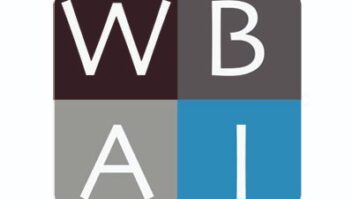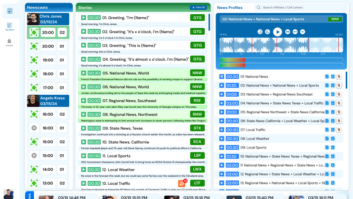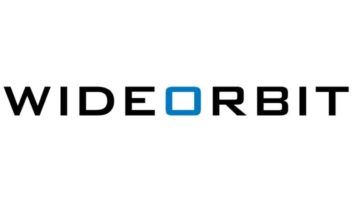Perhaps it was inevitable. The proposal to allow a large increase in digital power for FM IBOC has spawned two reports, both of which have been discussed in recent issues of Radio World — and the conclusions of which appear almost diametrically opposed.
On the one hand, the iBiquity-sponsored study empirically measured interference caused by an increase in average digital carrier power to 10 percent of analog. Power was raised under Special Temporary Authority and audio samples recorded in predicted maximum interference locations. Subjective listening tests were used to evaluate the impact.
Apart from grandfathered “super power” allocations and short-spaced stations, little difference in reception was apparent. No complaints surfaced. Score one for unrestricted increases in FM IBOC.
On the other hand an NPR Labs study, using predictive reception models developed from the organization’s extensive testing of receivers, found there would be substantial interference to analog reception. Unfortunately the interference resembles well-known multipath distortion so it is not easy for the average listener to identify. For some stations interference could affect as much as 50 percent of their analog audience if all neighboring stations were to operate at 10 percent digital power. That’s a scary number for broadcasters, especially given the tiny numbers of digital receivers actually sold to consumers. Maybe we should reconsider this high-power idea after all.
Yet a careful reading of both of these studies reveals as many similarities as differences.
Both showed that interference severe enough to cause listeners to turn away from their radios does occur in some cases, such as short-spaced first-adjacent stations. Both showed that in many — even the majority of — typical allocations, the interference would be relatively small. And both studies also revealed the great improvement in digital reception that high power would provide.
Perhaps one study was a bit too enthusiastic in its endorsement. Perhaps the other was a bit too conservative in its warnings. Is there a way to find a middle ground?
We have long supported IBOC digital broadcasting as a technology that, while imperfect, allows radio to make the transition to digital with the least disruption. The evidence of just how much improvement higher digital power can provide is too compelling to ignore. If these benefits can be realized without completely undermining analog reception, the industry should try to find a way that allows this to happen soon. Receiver manufacturers have said they see a widespread adoption of low-cost digital tuners beginning in perhaps 2011 or 2012 (though obviously the recession could play into that). Broadcasters need to be ready by that time.
However, unrestricted permission to increase power isn’t the right approach. Most would agree that 1 percent average digital power has worked with little problem in FM IBOC. But it is clear that 10 percent average digital power will be a problem for at least some stations.
We need a method that can reliably and consistently predict unacceptable levels of interference, as well as general agreement to provide adequate but not overly restrictive protections. There should also be a procedure in place that’s clear about what happens in the case of interference.
The reception modeling work done by NPR Labs provides the groundwork. Using these results it should be possible to design easily understood policies that allow us to move forward with our badly needed digital transition, protecting stations where needed and permitting maximum digital power where it will not cause harm to analog neighbors.
We urge the various interested parties in this issue to work together to resolve their differences. The benefits are worth it.
— Radio World












